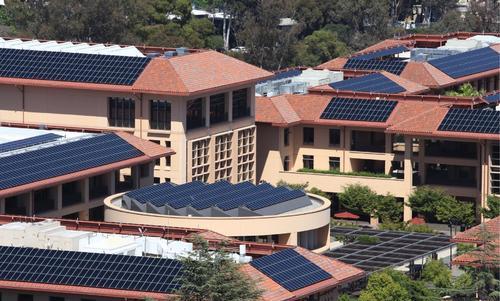Stanford University, College should be home to our best and brightest people. Of course, they should be about science. So, I have to admit that I was surprised and disappointed when I found that no research institution in the United States used 100% renewable energy.
However, it will be available next year. ( Please note that the Stanford University of Queensland in Australia has achieved 100% renewable energy use.)
I am not surprised that Stanford University in the center of Silicon Valley was the first university to announce this goal. The good news is that the goal of achieving 100% renewable electricity is next summer, 2022.
As the title points out, Stanford will not only derive 100% of its electricity demand from renewable energy; it will obtain energy from solar energy completely. That is to say, at this point, it is more common to use solar energy to generate all the electricity used by universities, rather than when it is needed. So, this is 100% solar energy. However, some people also say that the energy storage capacity of the battery should be increased to improve this point.
Stanford Daily furthers Stanford’s history of solar energy and potential battery uplifts: “The university’s early solar installations included 5MW rooftop solar panels in 2015 and the first solar power station in 2016 – Stan Fu solar power station.
“Renewable Energy Company proposes to add a 50MW battery to store excess solar power to meet Stanford University night power needs. While we don’t get energy from solar energy at night, we store it during the day, just like we get it at night. Stanford is considering installing additional rooftop solar panels and adding more battery capacity to meet nighttime power needs.”
Why is it solar energy? Because this is the cheapest choice.
Stanford University originally planned to achieve “100% solar power” by the end of this year, but this goal was postponed due to previous solar plant burnout, Sino-US trade war, supply chain problems caused by COVID-19, etc. Hopefully, nothing else is holding back its summer 2022 goals.

